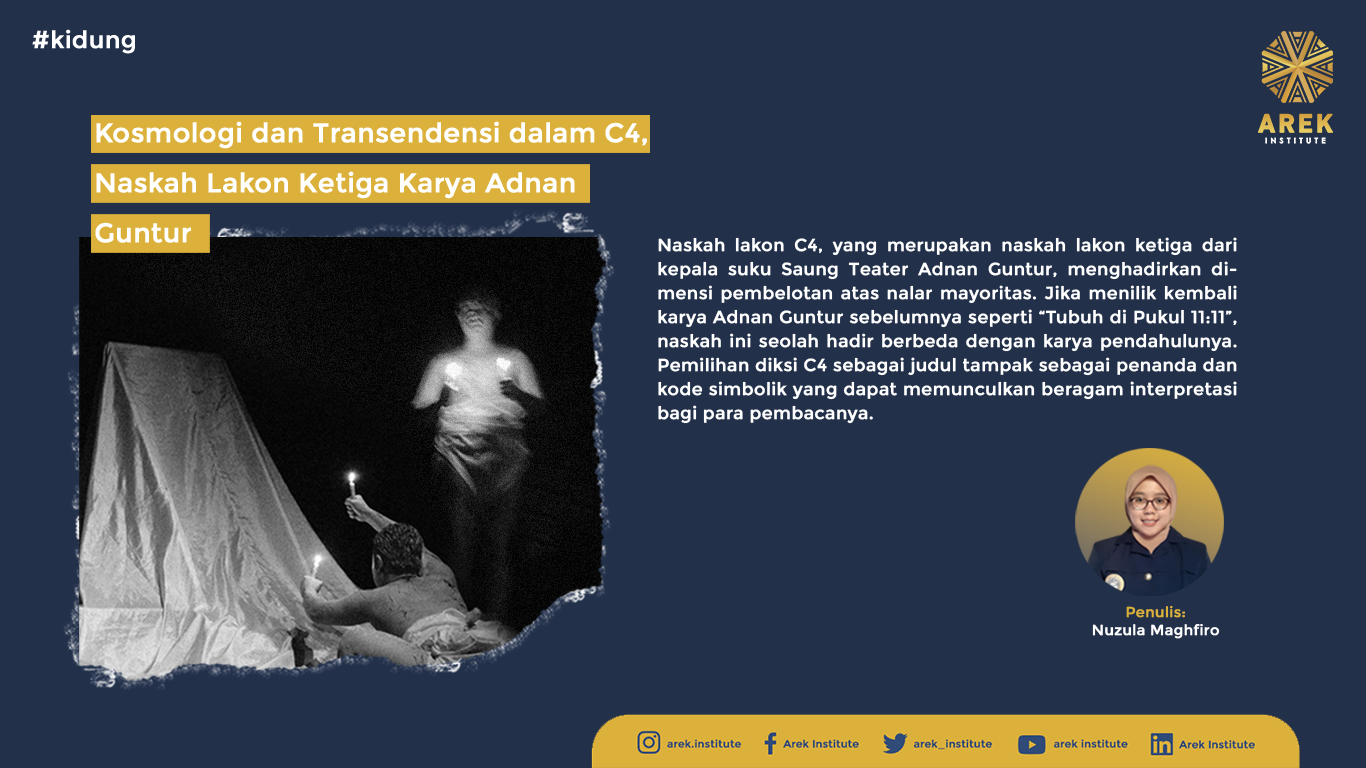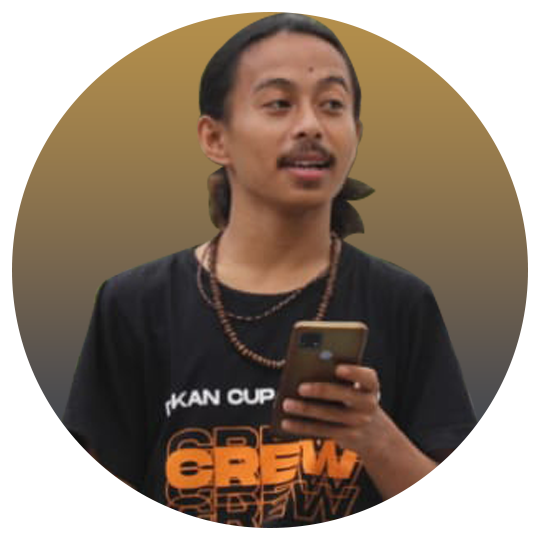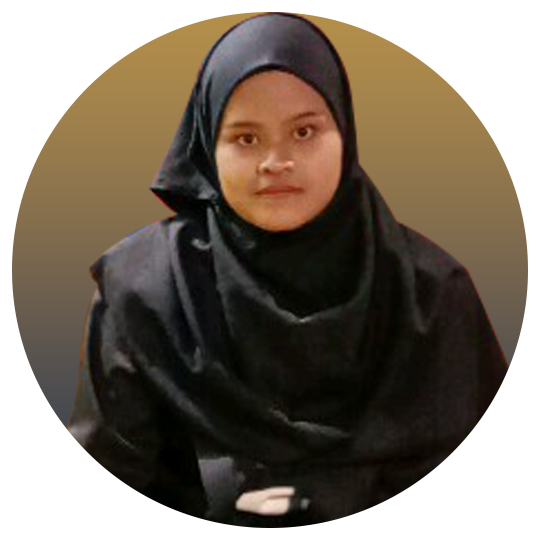
The C4 Playwright

Literary works never emerge from a void. Their presence stems from critical reasoning. Through their works, writers radically unveil matters often considered taboo in life. They question, challenge, and debate normative views that obscure other meanings of life. Thus, literary works are capable of transcending taboo perspectives and understandings in life. They go beyond normative meanings that settle in the shroud of human consciousness.
Furthermore, the dimension of human existence has “consciousness” not only in awareness of what happens around them but also in self-awareness and their existence. Existence is a new Archimedean point where humans attach the world and themselves. For Kierkegaard, humans are beings always challenged to choose and make decisions in the struggle of their lives. However, many uncertainties are difficult to understand rationally, uncertainties that make humans doubt and feel anxious about their future.
Similarly, the script “C4,” the third script from the head of the Saung Teater Adnan Guntur, presents a dimension of defection from majority reasoning. Looking back at Adnan Guntur’s previous work like “Body at 11:11,” this script seems to present differently from its predecessors. The choice of “C4” as a title appears as a marker and symbolic code that can evoke various interpretations among its readers.
If delved into deeper, the code “C4” has different meanings based on various fields. In military terms, C4 is a code for a specific type of explosive used by special forces. This explosive has an effective blast power to destroy something. Meanwhile, “C4” also has another meaning in the medical field. C4 is a code for a complement compound. In other words, it can also be understood as a compound in the blood that synchronizes with the immune system. This means that an increase or decrease in C4 can cause health disorders. Therefore, C4 is expected to always be in a stable (synchronized) condition to prevent health issues in the human body.
The concepts of explosion and synchronization have led to discoveries about creation and the formation of novelty. The creation myth in the Big Bang theory, for example, explains how the explosion will form dimensions of space and time. It presents a singularity point that explodes with such force. Then, it produces matter that continues to collide and rotate until it forms again into something that expands as a result of the explosion.
In Aristotle’s cosmology, he considered his ideas to form a perfect system, where each part logically follows another. For him, the activity of movement is always caused by a certain mover. As a series of cause-and-effect laws in the universe that must end at the first cause.
Moving towards human existence, Kierkegaard introduces his philosophical understanding of human existence that seriously considers human subjectivity, emphasizing passion and grappling with their life and existence as an individual. Kierkegaard’s thought becomes the starting point for new contemplation on the meaning of human existence as a person committed to being themselves. Through this basis, Kierkegaard proposed the concept of existentialism, emphasizing the issue of divinity or godliness at the peak of his thought.
Questioning the existence of divinity always finds a potentially infinite root because humans have a tendency to acknowledge a transcendent dimension. Understanding God or the transcendent rationally is nothing but a human effort to comprehend the visible and the invisible nature. It also solidifies their belief in the existence of a god considered to influence the intricacies of life. At the same time, humans who claim not to believe in transcendence also have a desire to rationalize such non-existence. They deny because they are unable to grasp its existence. In other words, any aim to understand and reject the transcendent is proof that its presence has truly influenced human life.
A sequence of searching, explosion, creation, dimensions of space and time, and matters of divinity share a common thread that melts together. The stage of existence becomes a dimension where the souls and bodies of humans reside. Searching within the human brain will hatch novelty. Explosion will shape emotions that explore problems, leading to new creation. Then, at the point of transcendence, humans are brought to something higher, mystical, and complex.
In short, the script “C4” was born as a dimension of social criticism on existence. The poet presents how the concept of explosion and destruction can push humans towards the search for their existence. They always strive towards awareness of the transcendent dimension, and it also leads to creation and the Creator. “C4” emerges as questions never accompanied by answers to any certainty.








